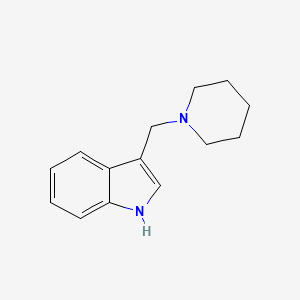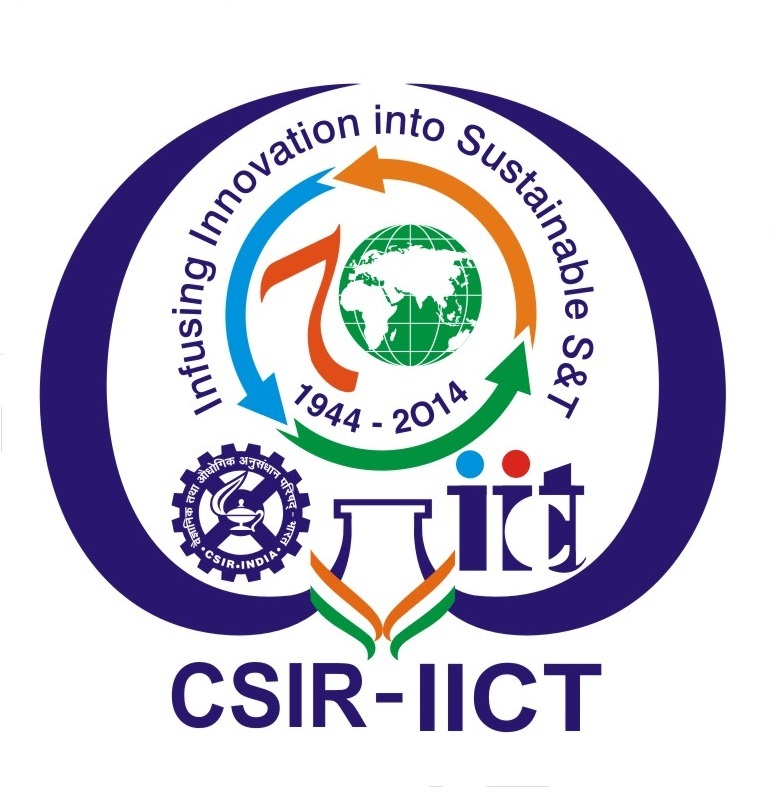N-Skatylpiperidine
N-Skatylpiperidine; 5355-42-0; 3-((PIPERIDIN-1-YL)METHYL)-1H-INDOLE; 3-(Piperidinomethyl) indole; NSC 24532; 3-(piperidin-1-ylmethyl)-1H-indole;
Molecular Formula:
| C14H18N2 | |
| Molecular Weight: | 214.30612 g/mo |

1H NMR
Patent ID
| Date | Patent Title | |
|---|---|---|
| US7049312 | 2006-05-23 | Benzothiazinone and benzoxazinone compounds |
| EP0592438 | 1997-08-27 | INDOLE DERIVATIVES |
| US5576336 | 1996-11-19 | Indole derivatives as dopamine D4 antagonists |
| WO9421627 | 1994-09-29 | INDOLE DERIVATIVES AS DOPAMINE D4 ANTAGONISTS |
| EP0213571 | 1987-03-11 | 3-Aminomethyl pyrrol-1-yl-alkyl amines and medicaments containing these compounds. 3-AMINOMETHYL PYRROL-1-YL-ALKYL AMINES AND MEDICAMENTS CONTAINING THESE COMPOUNDS |
http://pubs.acs.org/doi/full/10.1021/acs.jmedchem.6b00478
/////C(N1CCCCC1)C1=CNC2=C1C=CC=C2
Isle of Skye, UK, SCOTLAND
Skye
Island in Scotland
The
Isle of Skye, connected to Scotland's northwest coast by bridge, is
known for its rugged landscapes, picturesque fishing villages and
medieval castles. The largest island in the Inner Hebrides archipelago,
it has an indented coastline of peninsulas and narrow lochs, radiating
out from a mountainous interior. The town of Portree, a base for
exploring the island, features harbourside pubs and boutiques.










/////////
























